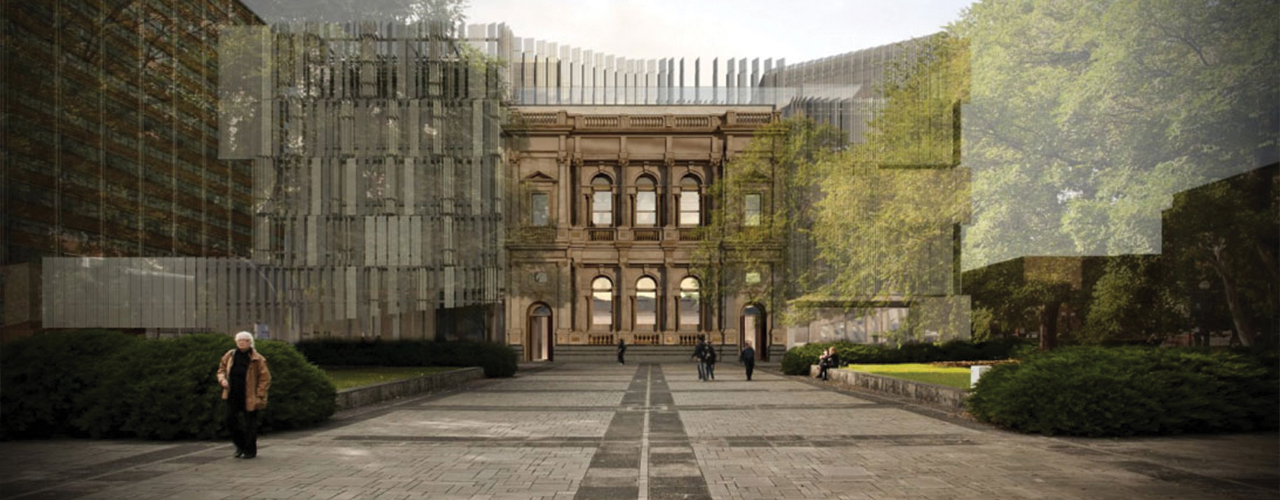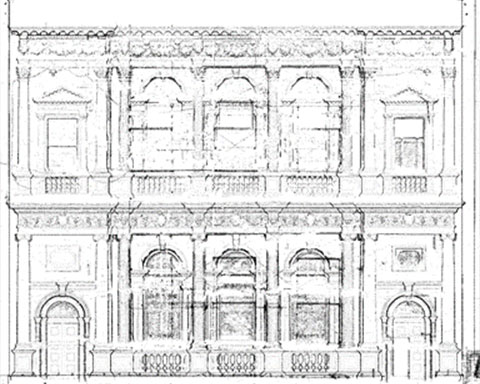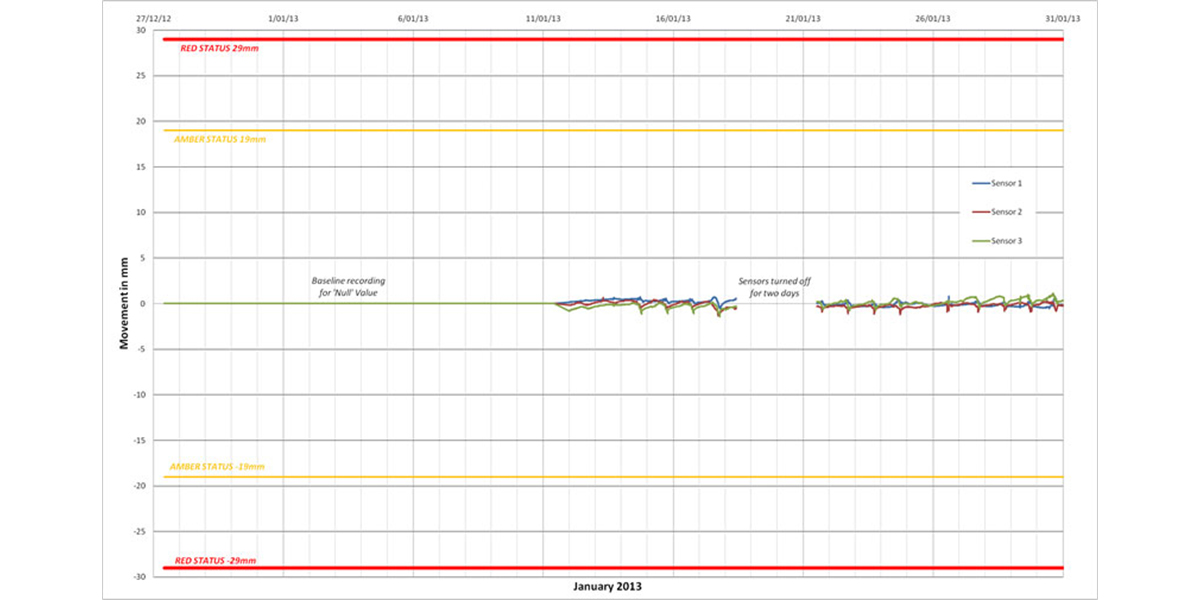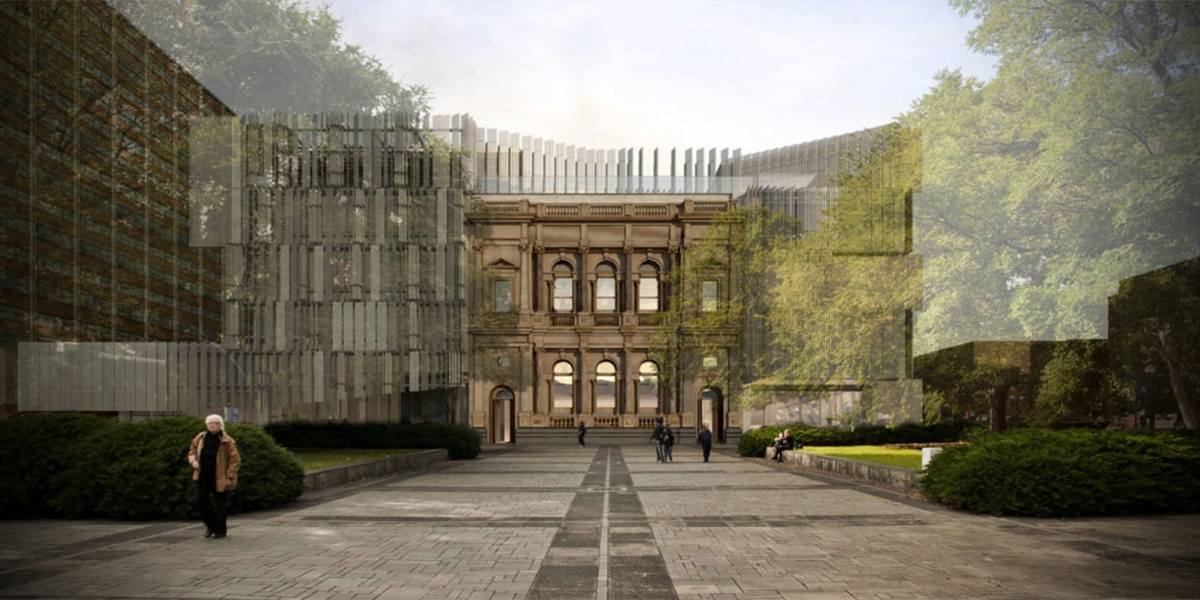Terrestrial Laser Scanning for the University of Melbourne

Overview
The University of Melbourne undertook redevelopment work to its site. In particular, the Old Commerce Building was demolished. Due to its façade being of significant heritage value, it needed to be retained whilst the remainder of the building was demolished. It was imperative that the construction work did not cause any movement or damage to the façade during the demolition of the building and the erection of the façade retention structure.
Challenge
Woolpert Asia-Pacific was commissioned to devise a solution to this potential problem. To ensure that any façade movement was detected, monitoring works were proposed as a requirement to this project. Through discussion with the client, the project team installed three tilt meters at the top of the façade. To alleviate any concern about façade movement, measurement data was recorded every five minutes via radio link to the monitoring station utilising Leica GeoMOS software. This software enabled setting acceptable tilt status limits as well as the SMS, email, or phone contact for any change in status (as determined by the client’s monitoring specification). Therefore, real-time monitoring resulted in client confidence that any movement was detected instantly and, if appropriate, corrective measures could be implemented. In the event that movement was detected, the team could quantify this through laser scanning acquisition and supply engineers with a complete and clear understanding of any building movement.
Solution
Woolpert Asia-Pacific proposed acquiring terrestrial laser scanning data on monthly basis. This method of acquisition produces a point cloud with contains millions of measured points on the building’s façade; it provides a broader and more complete dataset than conventional target measurements at individual locations. A visual analysis of overlaying the point cloud data could be used to determine the exact location and nature of façade movement or deformation.

Results
The project team implemented various modes of detecting façade movements immediately to ensure a timely and reliable response for the client.

